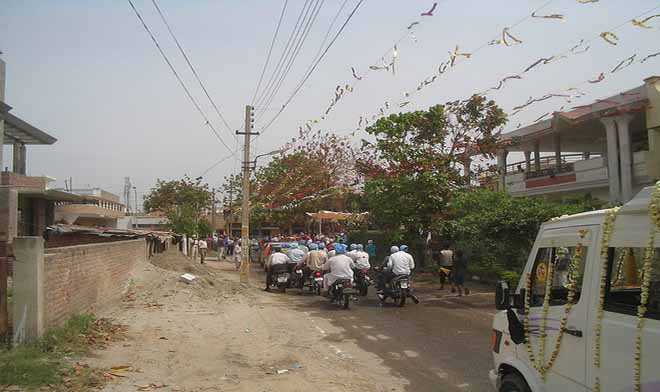More than 50 percent of the world’s population now lives in cities, according to the United Nations. Some cities, such as Nanded in southern India, are incorporating urban agriculture into their city planning to accommodate urban population growth. According to the Resource Centres on Urban Agriculture and Food Security (RUAF) Foundation, “Urban agriculture plays an important role in enhancing urban food security since the costs of supplying and distributing food to urban areas based on rural production and imports continue to increase, and do not satisfy the demand, especially of the poorer sectors of the population.”
India’s cities face a lack of housing, sustainable food production and distribution, and waste disposal. According to a 2010 report by McKinsey & Company, the country’s urban population will grow from 340 million in 2008 to 590 million in 2030.
Nanded is a populous township in the southern half of India experiencing the same rapid urban growth as the rest of the country. It has been chosen as part of the Jawaharlal Nehru National Urban Renewal Mission (JNNURM) to undergo a significant urban planning overhaul. Part of the township, an area on its outskirts called “Nanded City,” is experimenting and embracing urban agriculture as part of its urban planning. The area already has 110 acres of land designated as green zones, which will now be transformed into family plots, communal plots, and fruit orchards.
The city plans to use compost, including vermicompost, to process waste from the township and surrounding areas. Any citizen can participate in the city’s new farming ventures, producing food for their households as well as for sale throughout the township.
The JNNURM is making every effort to create a more environmentally sustainable urban food system: it encourages poly-culture farm plots and crop rotation, as well as natural means of pest management.
Shri Kamal Nath, the Union Minister for Urban Development, the government agency behind JNNURM, states that, in the years since its implementation, “the Mission has achieved significant progress in implementing urban infrastructure projects, triggering urban infrastructure investment and driving urban reforms across the country.”















